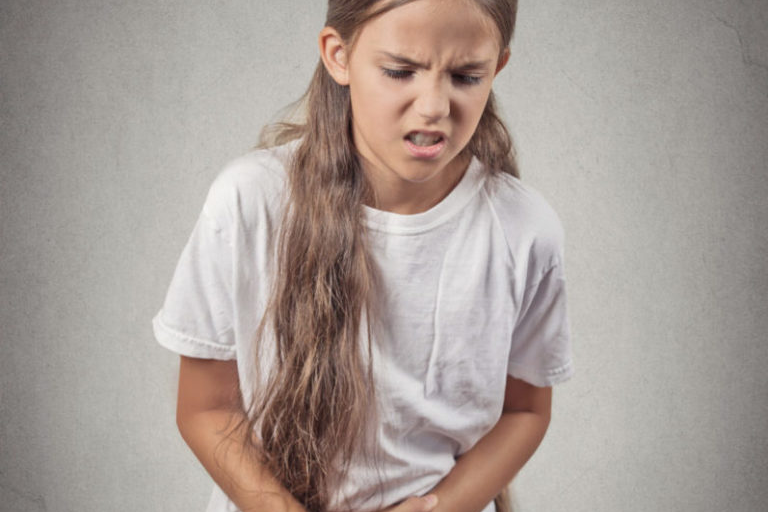Physical Therapy for Childhood Constipation
 Amanda Moe
Amanda Moe

Did you know that constipation occurs in at least 12% of children? Childhood constipation accounts for as many as 30% of visits to pediatric gastroenterologists as well as 3% of visits to general pediatric clinics. Childhood constipation is common occurrence and can be successfully treated and prevented using a multidisciplinary approach that includes specialized pelvic physical therapy.
First let’s briefly discuss signs/symptoms of constipation in children. These can include any or all of the following:
- Abdominal pain
- Straining
- Lumpy or hard stools
- Bleeding or pain with bowel movements
- Less than 3 BM’s/week
- Stools that plug the toilet
- Lack of appetite
- Urinary incontinence (leakage) or increased frequency
- Fecal leakage (liquid stool moves around the impacted stool)
- Reflux
- Changes in bladder frequency
Now that you have a good idea of whether or not your child may be constipated, let’s talk about the next steps. It is important to make your pediatrician aware or to seek further recommendations from a pediatric gastroenterologist. Doctors such as these make important recommendations regarding bowel medications to assist in “cleaning out” your child, keeping your child’s stool soft to prevent further problems or exacerbation in constipation, as well as rule out other more serious causes of constipation that need immediate medical attention. It is however important to note that medications alone will not break the habits contributing to your child’s constipation. This is where pediatric pelvic floor physical therapy comes into play.
Pediatric Pelvic Physical Therapy is a highly specialized area of rehabilitation that can address chronic constipation and urinary/fecal accidents among other things. This type of physical therapy utilizes unique intervention techniques to address any tightness, weakness, or coordination issues present in the pelvic floor and pelvic girdle muscles that are typically impaired and contribute to constipation. The Pediatric Pelvic Physical Therapist works closely with your pediatrician, gastroenterologist, or referring physician to increase the regularity of BM’s, reduce fecal accidents, and reduce medications utilized to facilitate BM’s.
Here is a brief list of typical interventions utilized at pediatric pelvic physical therapy to treat constipation:
- Abdominal massage - Taught to parents or child, this specific colonic massage technique helps facilitate a bowel movement.
- Myofascial Release - Manual therapy techniques to abdominal and pelvic girdle muscles that can tighten up or spasm and contribute to chronic constipation.
- Postural Education - Teaching patient’s “Proper Pooping Posture” is imperative to ease and complete evacuation when having a bowel movement
- Breath Work - The diaphragm (muscle that assist with controlling breathing) and pelvic floor muscles work together to generate pressure, relax anal sphincters, and lengthen the pelvic floor muscles when having a bowel movement. These are often uncoordinated in children with constipation.
- Coordination Exercises - The pelvic floor muscles surround the anal openings and play and important role in having a bowel movement. In children that have constipation, they are often uncoordinated—i.e. the child is squeezing these muscles instead of relaxing them when attempting to pass a bowel movement. Coordination exercises can re-train these muscles to function as they should and thus improve constipation.
- Therapeutic Exercises - This is a large category of interventions that are utilized in treating children with constipation. This includes strengthening the pelvic floor muscles (surround the anal opening) as well as other muscles of the pelvic girdle that support the abdominal and pelvic region. Exercises can include deep/frog squatting (to promote squatting posture that assist in having bowel movement), over ball stretch (stretching abdominal region), and “superman on hands-knees” (assists in strengthening the core).
For information on how to schedule an evaluation to see if your child would benefit from Pediatric Pelvic Physical Therapy, please call 412-206-9202. Amanda is available for morning and after school appointments. Also, for more information on what to expect for a Pediatric Pelvic Physical Therapy evaluation, please see my blog Pedi-Pelvic Rehabilitation: Visit #1 for Children.
photo credit: iStock.com/SIphotography
